Just painted kitchen cabinets, now the paint is easily peeling.
iris_bulb
10 years ago
Featured Answer
Comments (15)
John Tebbs
10 years agosnoonyb
10 years agoRelated Professionals
Oneida Kitchen & Bathroom Designers · Saint Peters Kitchen & Bathroom Designers · Shamong Kitchen & Bathroom Remodelers · Mooresville Kitchen & Bathroom Remodelers · Park Ridge Kitchen & Bathroom Remodelers · Portage Kitchen & Bathroom Remodelers · Fernway Interior Designers & Decorators · Clarksville General Contractors · Cumberland General Contractors · Dardenne Prairie General Contractors · Monroe General Contractors · Overlea General Contractors · Port Saint Lucie General Contractors · Reisterstown General Contractors · Vermillion General Contractorsiris_bulb
10 years agoannzgw
10 years agosnoonyb
10 years agoChristopher Nelson Wallcovering and Painting
10 years agorenovator8
10 years agoSuzi AKA DesertDance So CA Zone 9b
10 years agoaidan_m
10 years agoChristopher Nelson Wallcovering and Painting
10 years agorenovator8
10 years agoazmom
10 years agoSuzi AKA DesertDance So CA Zone 9b
10 years agoMichaelKelley
10 years ago
Related Stories
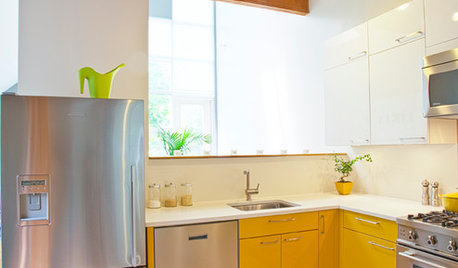
COLORCrazy for Color? Your Kitchen Cabinets Want In
Make over your kitchen in spectacular fashion with just colorful cabinet paint? Now there's a bright idea
Full Story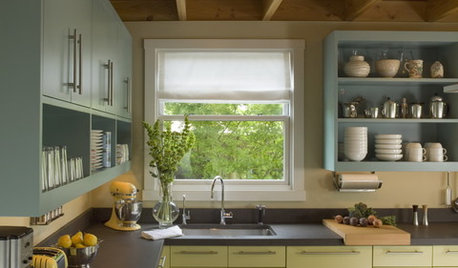
MOST POPULAR8 Great Kitchen Cabinet Color Palettes
Make your kitchen uniquely yours with painted cabinetry. Here's how (and what) to paint them
Full Story
HOW TO PHOTOGRAPH YOUR HOUSEAttract Home Buyers Easily With Great Photography
Show your home's best face in real estate listing photos to have potential buyers knocking down your door
Full Story
MOST POPULARFrom the Pros: How to Paint Kitchen Cabinets
Want a major new look for your kitchen or bathroom cabinets on a DIY budget? Don't pick up a paintbrush until you read this
Full Story
KITCHEN CABINETSKitchen Cabinet Color: Should You Paint or Stain?
Learn about durability, looks, cost and more for wooden cabinet finishes to make the right choice for your kitchen
Full Story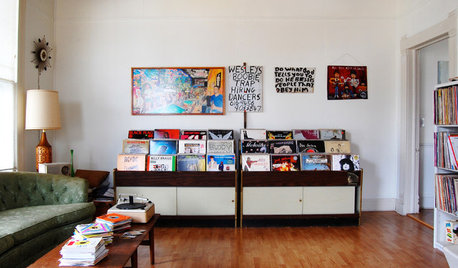
HOUZZ TOURSMy Houzz: Peeling Back Layers in a 1908 Home
Hidden fireplaces, buried hardwood and covered beadboard resurface thanks to a Mississippi couple's DIY efforts
Full Story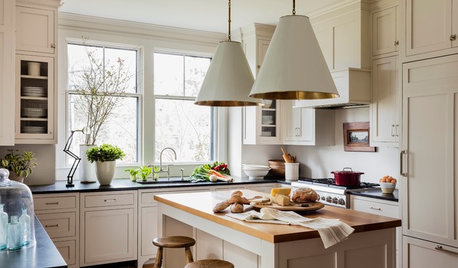
KITCHEN DESIGNTrending Now: 10 Ideas From Popular New Kitchens on Houzz
Contrasting cabinets, oversize pendants and custom range hoods turn up the heat in these ideabook-worthy kitchens
Full Story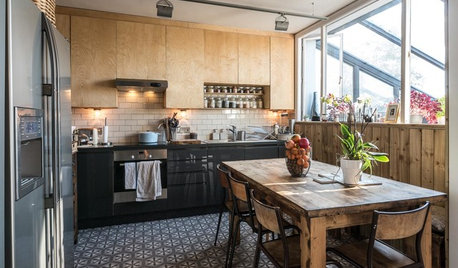
KITCHEN DESIGNA Two-Tone Cabinet Scheme Gives Your Kitchen the Best of Both Worlds
Waffling between paint and stain or dark and light? Here’s how to mix and match colors and materials
Full Story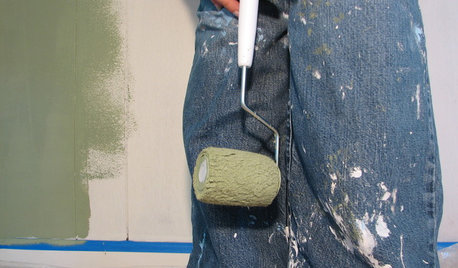
PAINTINGHelp! I Spilled Paint on My Clothes — Now What?
If you’ve spattered paint on your favorite jeans, here’s what to do next
Full Story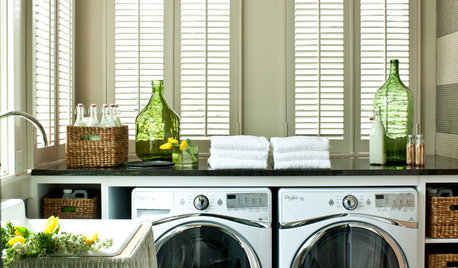
LAUNDRY ROOMSTrending Now: 15 Laundry Rooms Packed With Storage Ideas
Keep this hardworking room tidy with cabinets, baskets, shelves and more
Full StoryMore Discussions







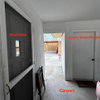


azmom